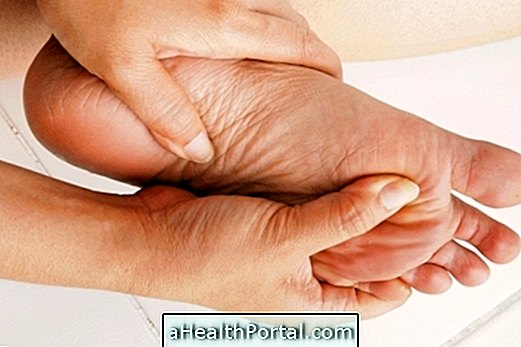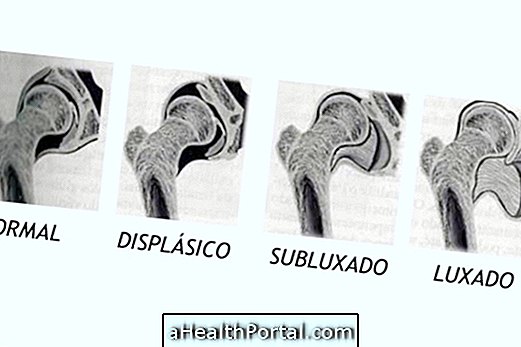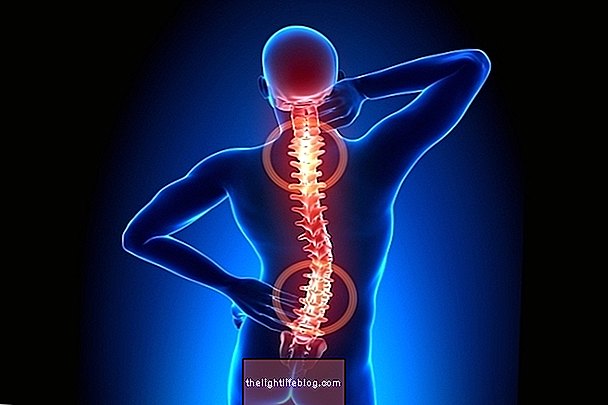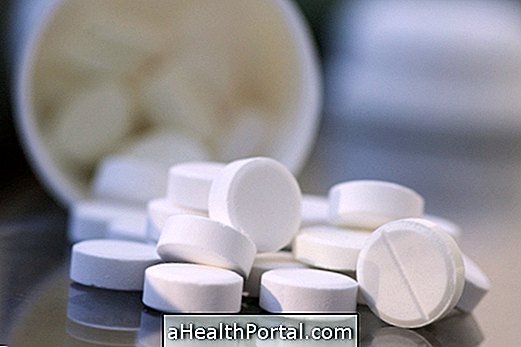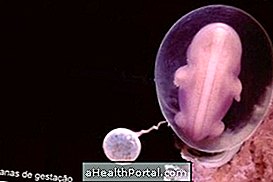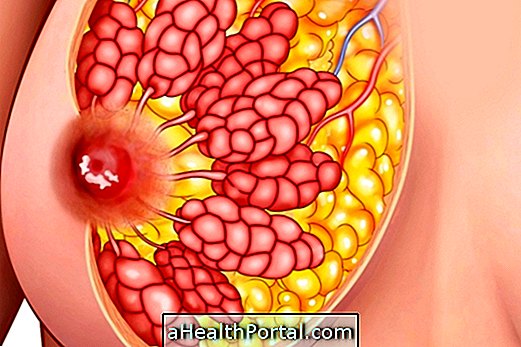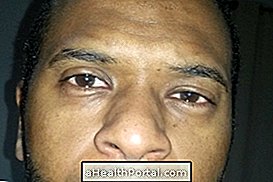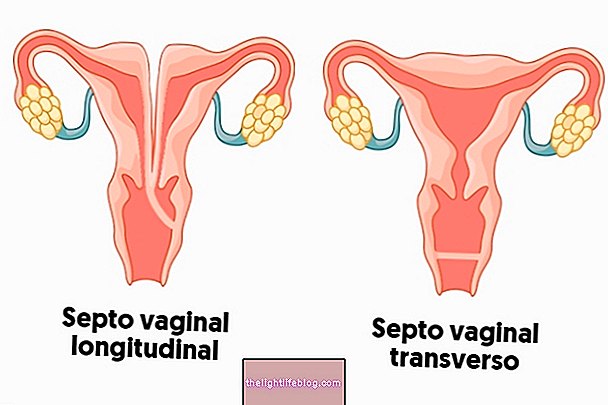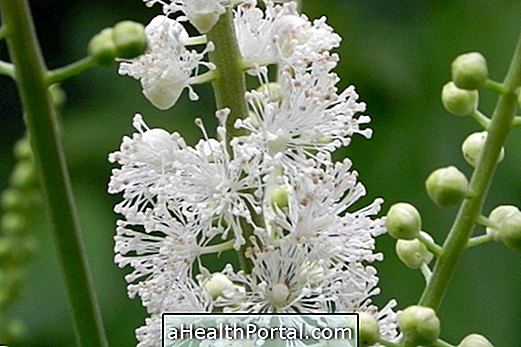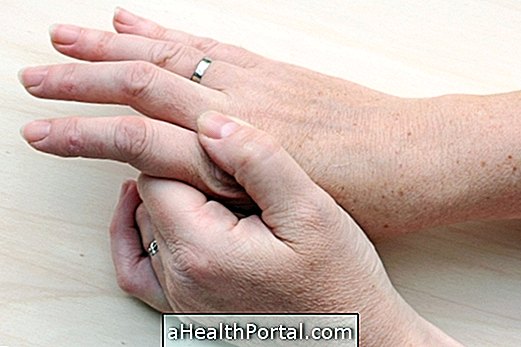Crigler-Najjar syndrome is a genetic disease of the liver that causes accumulation of bilirubin in the body, due to the change in the enzyme that transforms this substance for elimination through bile.
This alteration can have different degrees and form of manifestation of the symptoms, therefore, the syndrome can be type 1, more severe, or type 2, lighter and easier to treat.
Thus, bilirubin that can not be eliminated and accumulates in the body causes jaundice, causing yellowing of the skin and eyes, and risk of liver damage or intoxication of the brain.

Types of Syndrome and Symptoms
Crigler-Najjar syndrome can be classified into 2 types, which differ by the degree of inactivity of the liver enzyme that transforms bilirubin, called gluconyltransferase, and also by symptoms and treatment.
Crigler-Najjar syndrome type 1
It is the most serious type because there is a total absence of liver activity for the transformation of bilirubin, which is accumulated in excess in the blood and causes symptoms at birth.
- Symptoms : Severe jaundice since birth, being one of the causes of hyperbilirubinemia of the newborn, and there is risk of liver damage and cerebral intoxication called kernicterus, in which there is disorientation, somnolence, agitation, coma and risk of death.
Learn more about what causes and how to cure the types of hyperbilirubinemia in the newborn.
Crigler-Najjar syndrome type 2
In this case, the enzyme that transforms bilirubin is greatly diminished, although still present, and although it is also severe, jaundice is of lesser intensity, and there are fewer symptoms and complications than type 1 syndrome. also occurring in episodes of elevated bilirubin.
- Symptoms : Jaundice of variable intensity, which may be mild to severe, and may appear in other years throughout life. It can also be triggered after some stress in the body, such as infection or dehydration, for example.
Despite the risks to the health and life of the child caused by the types of this syndrome, it is possible to reduce the amount and severity of the manifestations with the accomplishment of the treatment, with phototherapy, or even liver transplantation.
How is the diagnosis made?
The diagnosis of Crigler-Najjar syndrome is made by the pediatrician, gastro or hepatologist, from physical examination and blood tests, which demonstrate increased bilirubin levels, as well as evaluation of liver function, with AST, ALT and albumin, for example.
The confirmation of the diagnosis is made by DNA tests or even by a liver biopsy, which are able to differentiate the type of the syndrome.
How is the treatment done?
The main treatment for lowering levels of bilirubin in the body in Crigler-Najjar syndrome type 1 is phototherapy with blue light for at least 12 hours a day, which may vary depending on the need of each person.
Phototherapy is effective because it breaks down and transforms bilirubin so that it can reach the bile and be eliminated by the body. This treatment may also be accompanied by blood transfusions or use of bilirubin chelating medicines, such as cholestyramine and calcium phosphate, to improve their effectiveness in some cases. Learn more about indications and how phototherapy works.
In spite of this, as the child grows, the body is resistant to the treatment, because the skin becomes more resistant, being necessary more and more hours of phototherapy.
For the treatment of Crigler-Najjar syndrome type 2, phototherapy is performed in the first days of life or, at other ages, only as a complementary form, since this type of disease has a good response to the treatment with the drug Phenobarbital, which may increase the activity of the liver enzyme that eliminates bilirubin through bile.
However, definitive treatment for either type of the syndrome is only achieved with liver transplantation, where it is necessary to find a compatible donor and have physical conditions for surgery. Know when it is indicated and how the liver transplant is recovered.



